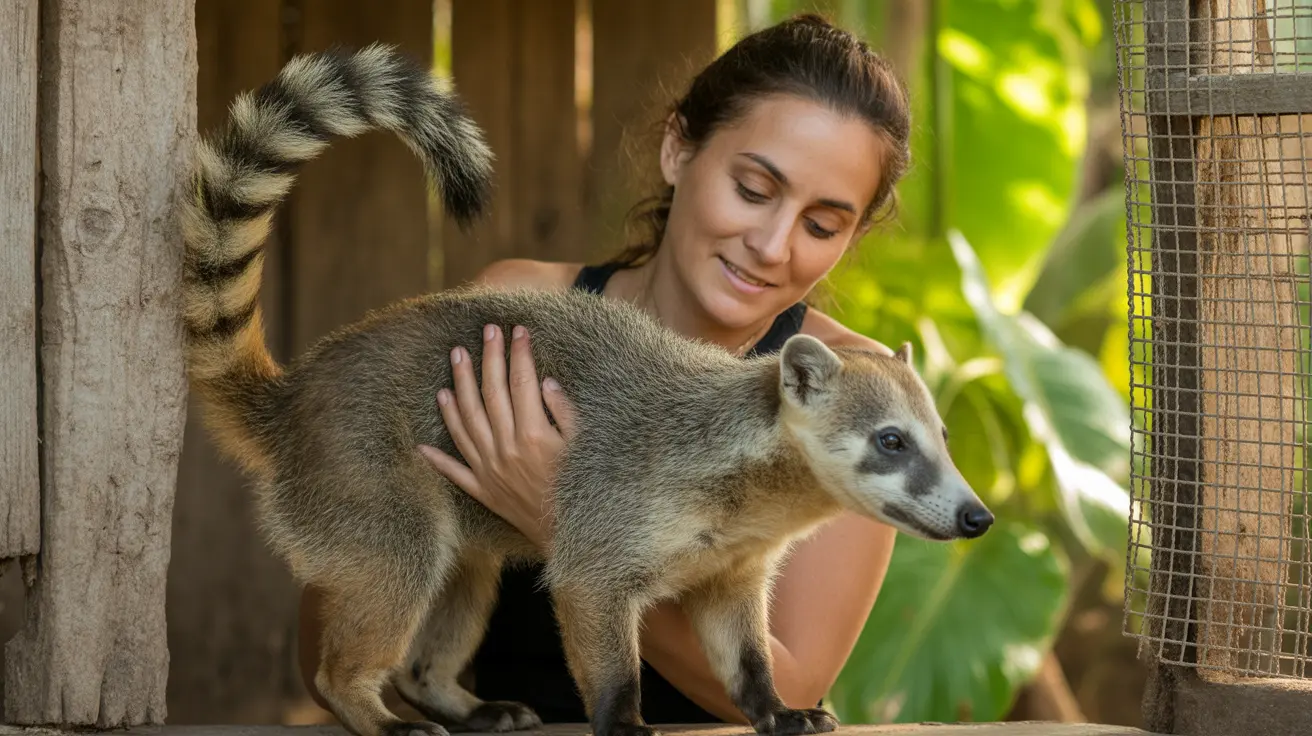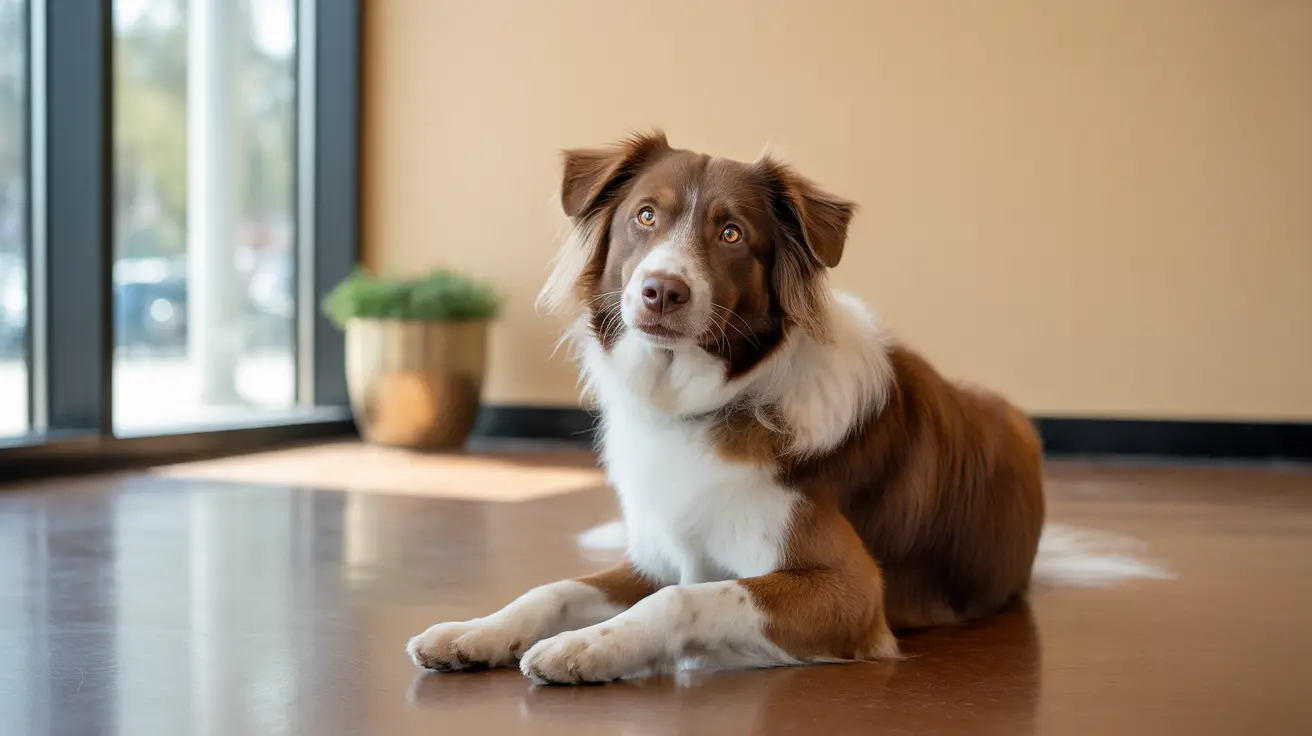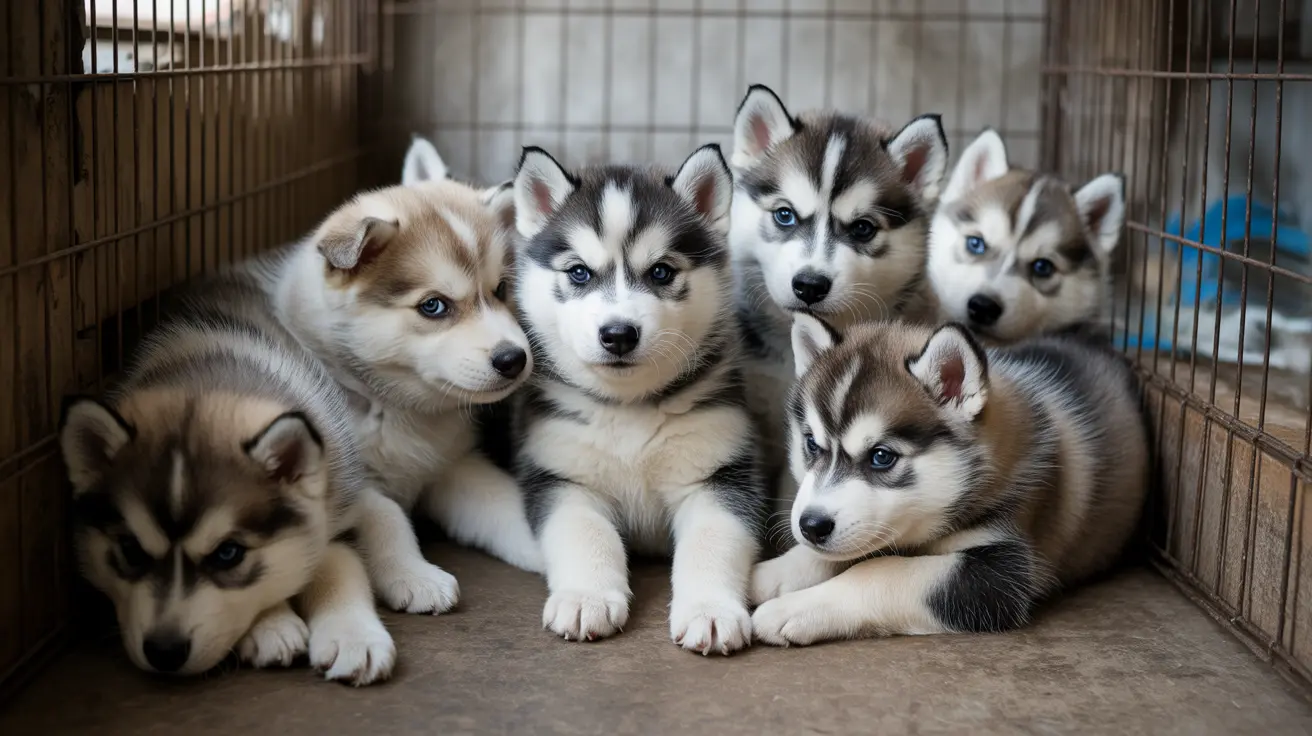The Beauceron dog, a magnificent French herding breed, combines intelligence, loyalty, and impressive strength in one remarkable package. Originally developed for herding and guarding in France, these powerful dogs have evolved into versatile working companions while maintaining their distinctive characteristics and strong protective instincts.
If you're considering adding a Beauceron to your family, it's essential to understand their unique needs and requirements. This comprehensive guide will explore everything from their temperament to their exercise needs, helping you determine if this breed is the right fit for your lifestyle.
Physical Characteristics and Appearance
The Beauceron dog is a striking breed with a robust, athletic build. These dogs typically weigh between 65-85 pounds and feature a short but dense double coat that comes in either black and tan or the less common blue merle coloring. One of their most distinctive features is the presence of double dewclaws on their hind legs, along with characteristic red "stockings" marking their lower legs.
Their weatherproof coat serves a practical purpose, protecting them from various weather conditions while requiring minimal maintenance. This adaptation makes them equally comfortable working outdoors or living as family companions.
Intelligence and Training Requirements
Beaucerons are highly intelligent dogs that require consistent, structured training from an early age. Their development is notably slower than similar breeds, with full maturity not reached until around three years of age. This extended developmental period requires patience and dedication from their owners.
When training a Beauceron dog, consider these key points:
- Start with early socialization to manage herding instincts
- Use positive reinforcement techniques
- Keep training sessions short but frequent
- Maintain consistency in commands and expectations
Exercise and Activity Needs
These energetic dogs require substantial daily exercise to maintain their physical and mental well-being. Without adequate activity, they may develop destructive behaviors out of boredom or frustration. A proper exercise routine should include:
- Daily walks or runs
- Access to a large, fenced yard
- Participation in dog sports like agility or tracking
- Mental stimulation through training exercises
Living Environment and Adaptation
While Beaucerons can adapt to various living situations, they thrive best in environments that offer ample space and opportunities for activity. Their strong herding and guarding instincts make them excellent watchdogs, but these same traits require proper management through training and socialization.
These dogs are best suited for homes with:
- Large, secure outdoor spaces
- Active families who can provide regular exercise
- Experienced dog owners who understand working breeds
- A clear routine and structure
Frequently Asked Questions
What kind of training is most effective for a Beauceron, and how should it be structured?
The most effective training for a Beauceron combines positive reinforcement with consistent, firm leadership. Structure training sessions in short, 10-15 minute intervals, focusing on one command at a time. Use rewards-based methods while maintaining clear boundaries and expectations.
How much exercise does a Beauceron need daily, and what activities are best for keeping them physically and mentally stimulated?
Beaucerons need at least 1-2 hours of exercise daily. The best activities include long walks, running in a fenced yard, agility training, and interactive play sessions. Mental stimulation through puzzle toys and training exercises is equally important.
Why do Beaucerons require early socialization, and how can it impact their interaction with other pets and children?
Early socialization is crucial for Beaucerons to develop appropriate responses to various situations and beings. Without proper socialization, their natural herding and protective instincts can lead to inappropriate behavior around children and other pets. Start socialization as early as possible, exposing them to different people, animals, and environments in positive ways.
How can owners manage the herding instincts of their Beauceron, especially when it involves trying to herd people?
Manage herding instincts through early training and redirection. Teach alternative behaviors, such as "sit" or "stay," when herding instincts activate. Provide appropriate outlets for these instincts through herding trials or similar activities.
What are the key grooming needs for a Beauceron, and how often should their coat be brushed to maintain health and cleanliness?
Beaucerons require weekly brushing to maintain their double coat and remove loose hair. During shedding seasons (spring and fall), increase brushing to 2-3 times per week. Regular nail trimming, ear cleaning, and dental care should also be part of their grooming routine.






